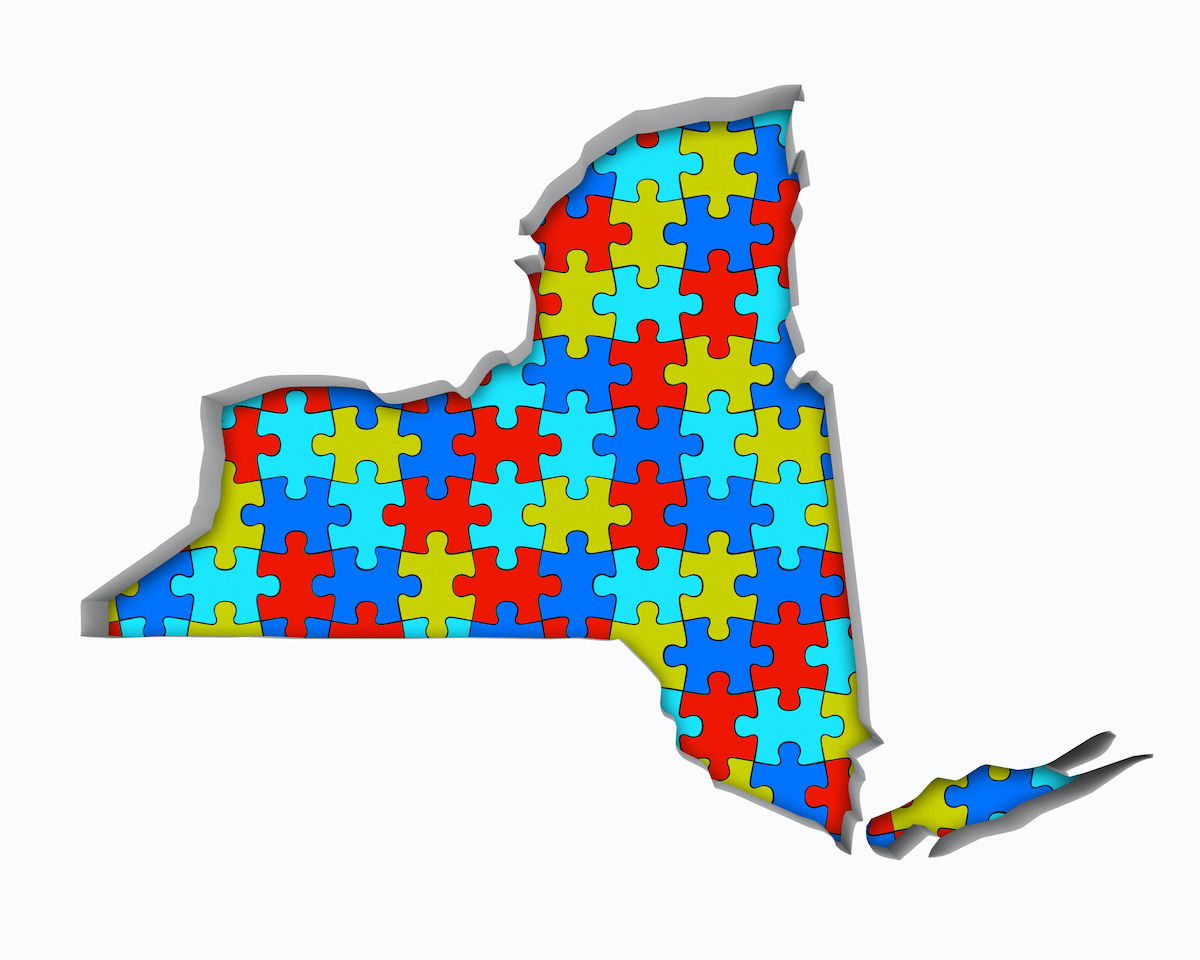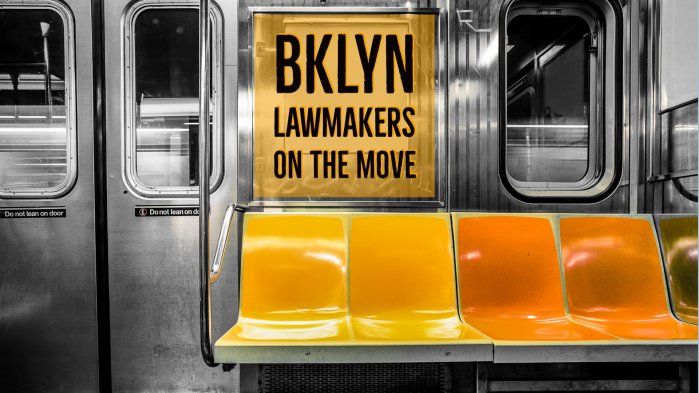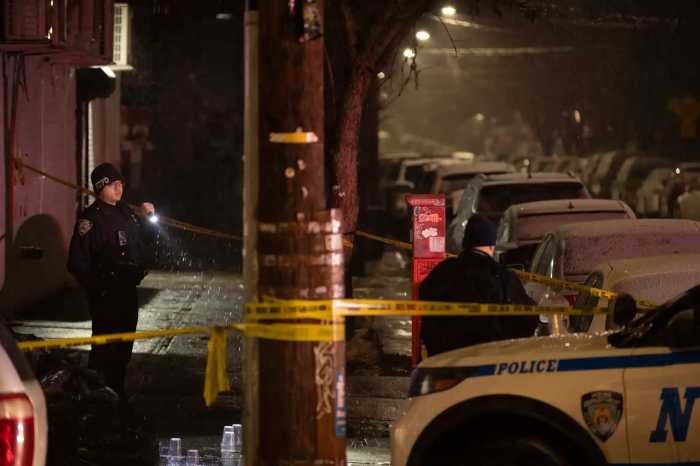One of the major political questions this year is whether New York State will lose one or two congressional districts.
This is a tough question to answer because we might not know the results of the 2020 census until April 30 or even later. Even though federal law requires that state population totals be finalized by December 31 in the census year, the COVID pandemic has thrown the entire census-taking process for a curve. This delays not only conducting the headcount that took place last year, but also the tallying of census numbers that are used to allocate congressional districts among the states, redraw congressional, state legislative and city council district boundaries, and distribute billions of dollars in federal funds for hundreds of programs.
While the census counting process should have ended last July, it was extended until October to make up for lost time caused by the pandemic. On top of that, former President Donald Trump sought to speed up the census counting process to facilitate his political goal of excluding non-citizen immigrants (or as he called them, illegal aliens) from the state population totals. These totals are used to allocate congressional districts to the states. Trump fast-tracked the census counting process to try to ensure that he could control the final numbers before his term ended last month. He failed.
Trump never achieved his goal because the career professionals at the Census Bureau would not rush the process and get the count numbers to be as accurate as possible. In fact, as Trump’s political appointees tried to pressure the Bureau to hurry up and complete data reports on the number of undocumented immigrants in each state. The administrative records Trump wanted to use were sketchy and incomplete), the Census Bureau had to derail this effort because it was fraught with error.
One of President Joe Biden’s first acts in office was to reverse the previous administration’s effort to politicize the census. By executive order on his second day in office, Biden directed the Census Bureau to stop trying to identify undocumented immigrants so that they could be subtracted from the census counts used to apportion congressional districts among the 50 states. Instead, Biden directed the Census Bureau to follow over the constitution’s mandate to count and include “all inhabitants” and 200 years of precedents to include all residents, regardless of their citizen status, in the census counts.
Because of the Pandemic, the Census Bureau had to delay both the census enumeration process and the tallying of census results. Instead of providing the state population counts for congressional reapportionment by December 31, those numbers are now expected around April 30. Detailed local census data used to redraw congressional and state legislative district boundaries will be sent to states by September 30 instead of the usual April 1 deadline.
These delays will also impact New York’s redistricting process. For the first time, the state’s congressional and state legislative districts will be initially redrawn by a commission appointed by the legislative leaders. This commission is tasked with developing plans by the end of the year, subject to approval by the legislature and the governor. The commission will face the challenge of determining which congressional districts will be merged with others, necessitated by the loss of districts based on the census. The answer to the question of which seats will be lost isn’t likely to come until the end of the year.
Jeffrey M. Wice is an Adjunct Professor/Senior Fellow at New York Law School










